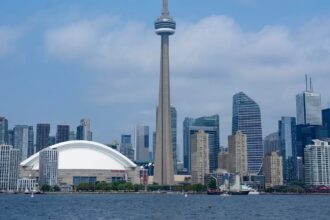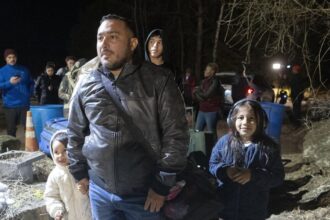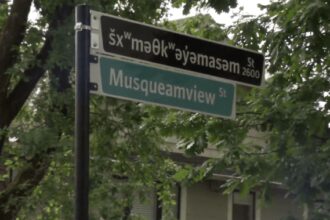Beneath the weight of shared history, survivors gathered this weekend to mark 50 years since the closure of the Portage La Prairie Residential School—a site of trauma transformed, however briefly, into a place of healing and remembrance.
The three-day reunion brought together dozens of survivors, descendants, and community members at the former school site in Manitoba. For many, it was a bittersweet homecoming, as they navigated complex emotions while reconnecting with fellow survivors who understand their experiences in ways others cannot.
“I never thought I’d willingly return to this place,” said Elizabeth Courchene, 73, who attended the school in the 1950s and early 1960s. “But standing here with others who went through the same things—there’s something powerful about that. We’re still here. We survived.”
The Portage La Prairie school, which operated from 1891 until its closure in 1974, was one of Canada’s 139 residential schools where Indigenous children were forcibly sent as part of a systematic attempt to erase their culture, language, and identity. More than 150,000 First Nations, Inuit, and Métis children were removed from their families and communities to attend these institutions.
Throughout the weekend, survivors participated in healing ceremonies, sharing circles, and cultural activities. Many brought photographs and personal items from their time at the school, creating impromptu displays that helped piece together their collective history.
The organizers emphasized that while acknowledging the past trauma is crucial, the gathering also celebrated resilience and survival. Traditional ceremonies, drumming, and dance performances honored Indigenous culture that the schools had tried to eliminate.
“This weekend isn’t just about remembering the pain,” explained Raymond Morrisseau, one of the event organizers and a survivor. “It’s about recognizing how far we’ve come, celebrating our languages and traditions that they couldn’t destroy, and building stronger connections between generations.”
The anniversary comes at a significant moment in Canada’s ongoing reconciliation process. Recent years have seen increased awareness about residential schools and their devastating legacy, particularly following the identification of unmarked graves at several former school sites across the country.
For younger generations attending the event, the reunion offered rare insight into their family histories. Many descendants expressed gratitude for the opportunity to better understand what their parents and grandparents experienced.
“My mother never really talked about her time here,” said Jennifer Cloud, whose mother attended the school for eight years. “Being here, seeing her interact with other survivors, hearing their stories—I finally understand parts of her that were always closed off to me.”
The building that once housed the residential school has since been repurposed as the Portage La Prairie Indian Residential School Museum and Learning Centre, dedicated to educating visitors about this dark chapter in Canadian history. Throughout the weekend, the museum offered guided tours, with survivors themselves sometimes stepping in as guides, sharing personal testimonies that brought institutional history into sharp, human focus.
Provincial and federal representatives attended portions of the event, though survivors noted that meaningful reconciliation requires more than symbolic appearances. They pointed to ongoing challenges faced by Indigenous communities, from infrastructure deficits to mental health crises, all connected to the intergenerational trauma caused by residential schools.
“Fifty years since they closed this place, and we’re still dealing with the aftermath,” said Harold Blacksmith, 68, who attended the school for six years. “True healing requires action, not just acknowledgment.”
As the weekend drew to a close, participants gathered for a final ceremony that included the release of 50 lanterns into the evening sky—one for each year since the school’s closure, each representing hope for continued healing.
The reunion serves as a powerful reminder of how communities can reclaim spaces of historical trauma and transform them, however temporarily, into sites of remembrance and resilience. As Canada continues its path toward reconciliation, what will it take for these moments of healing to translate into lasting systemic change for Indigenous peoples?







